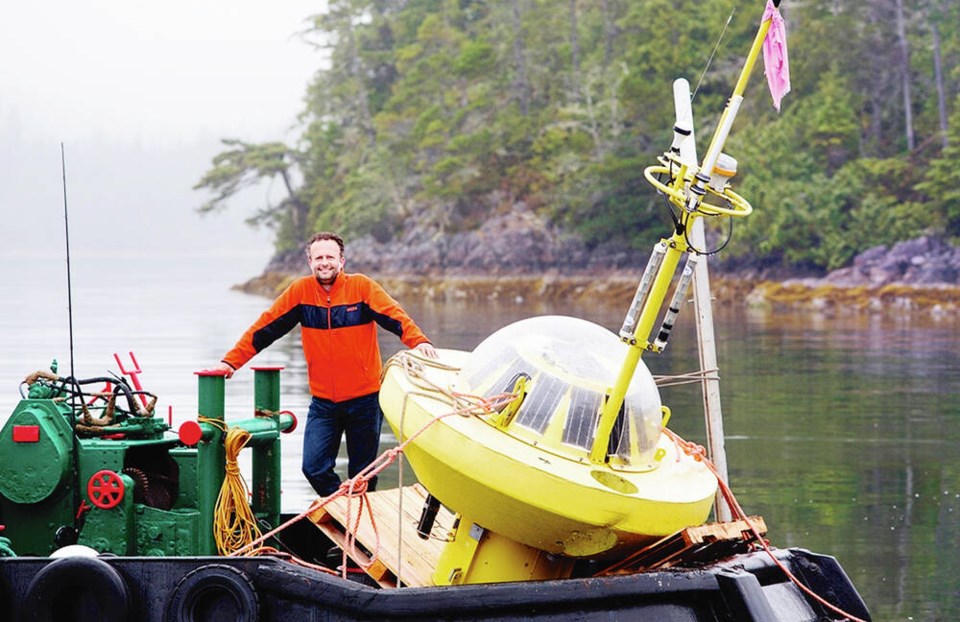A Vancouver Island First Nation is hoping to expand its community on Nootka Island, with help from a team of University of Victoria researchers working to transform the power of waves into electricity.
The village of Yuquot on Nootka Island is the “centre of the universe” for the Mowachaht/Muchalaht First Nation, band administrator and CEO Azar Kamran said in a statement. But residents were moved by the federal government to other parts of Vancouver Island in the late 1960s.
Only one family now lives in Yuquot, although many members return during summer for recreation and cultural activities.
The nation says it’s determined to build a community on the island where members can live full-time and make the most of economic opportunities for tourism.
“It is the wish and dream of every single [Mowachaht/Muchalaht First Nation] person that I know, and I know most of them, to return there and to live there and to go back to a way of life there that was going on for thousands of years,” Roger Dunlop, lands resources and fisheries manager for the nation, said in a statement.
For that to happen, however, the area needs a reliable source of electricity, and the nation wants it to come from a renewable energy source.
They’re using a mix of solar energy, generators and batteries in the community, but they’re seeking a more sustainable and reliable energy source.
That could come from the powerful waves that crash on the shores of Yuquot.
Scientists from UVic’s Pacific Regional Institute for Marine Energy Discovery (PRIMED) are working on a plan to harness the energy of the waves to power the community.
The team has used devices in the water to measure the power of the waves, and determined they create about 20 kilowatts of power per metre of coastline, co‑director Brad Buckham said.
A house at peak demand uses about two kilowatts of power, which means one metre of coastline has the potential to power 10 houses.
Technology for wave-energy converters already exists, but powering an entire community on wave energy would be a first, said Buckham, who is also chair of UVic’s mechanical engineering department.
With a $1-million boost in funding from the TD Ready Challenge, the team is working on a detailed plan that it hopes to complete within two years.
It involves customizing existing technology to the wave conditions on Nootka Island, and deciding what kind of wave-energy converters to use and where to put them, how to transmit energy to shore and how to buffer energy for when it’s most needed.
The west coast of Vancouver Island has huge potential for wave energy, with storms that can generate massive amounts of power, Buckham said.
“We’re trying to harness some very powerful natural resource, but it’s powerful, so you’re trying to put reins on it and harness it into something useful.”
The nation says it’s excited about what the project will mean for its people and the development of Yuquot, known as the birthplace of B.C. because it was the first point of contact between First Nations people and Europeans in the province.
“This village was a trade hub — a place of great wealth sought after by our European visitors,” said Kamran, the nation’s administrator and CEO. “Moving forward we want to establish Yuquot as a ‘centre’ once more — now in the context of setting examples for innovation in community building and clean energy development.”



